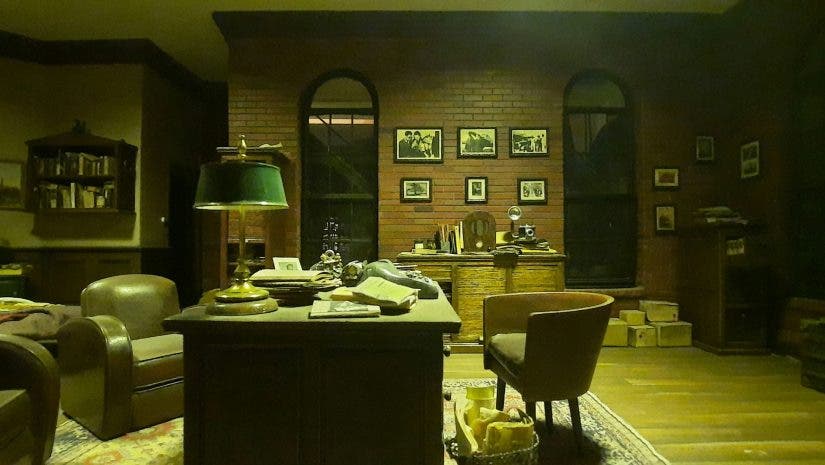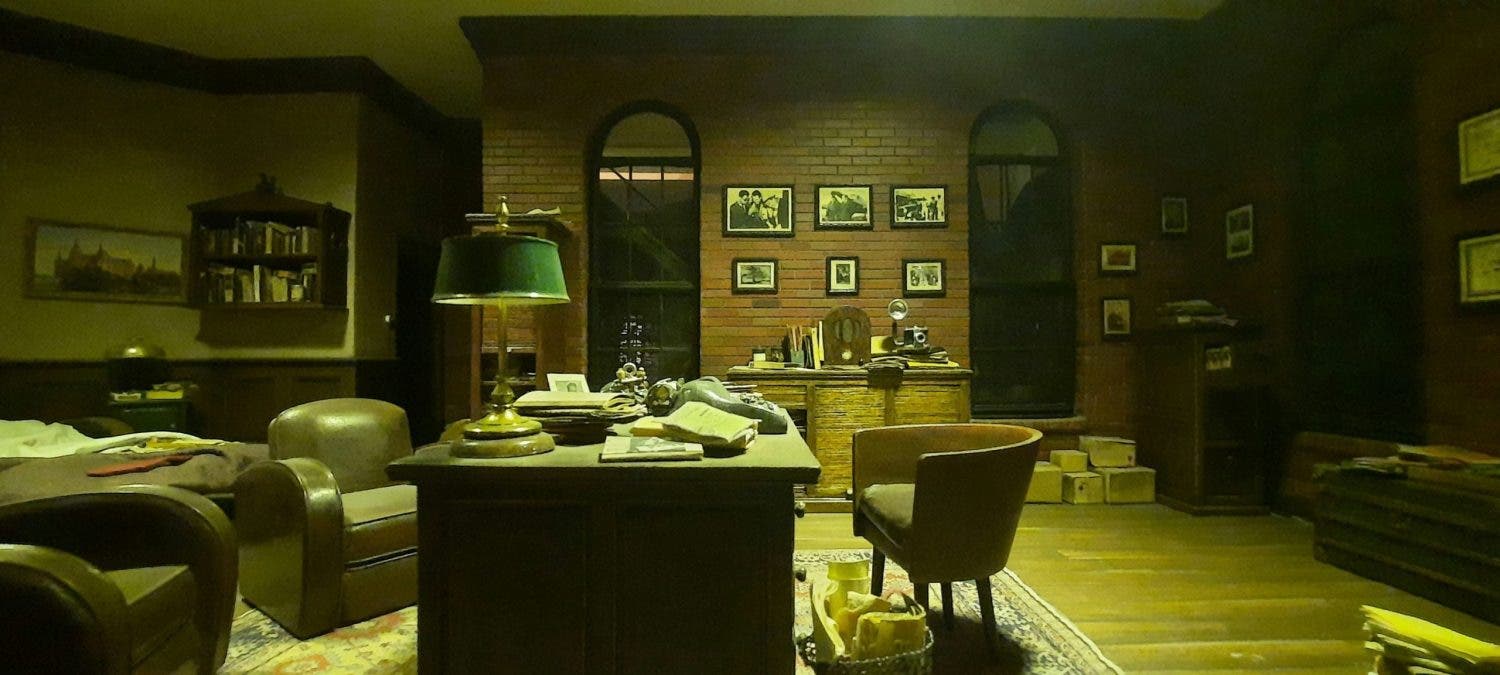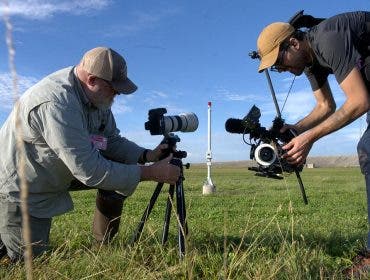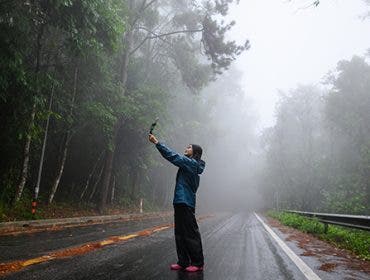Better get comfortable, cause we’re about to be seeing the color green a lot in the next few days because of St. Patrick’s Day! However, green isn’t just a color that we see when celebrating jolly green leprechauns. It’s also when we immerse ourselves in films and movies. In a field where everything is meticulous and intentional, even color has great significance in the symbolism of a film’s story.
Color is a powerful storytelling tool. It can dictate and shape how we feel and also pulls in our attention during crucial moments of foreshadowing. Filmmakers understand this, and utilize color strategically to create subtle messages without having to spoon-feed it to their audience.
Whether green is a symbol of rebirth or an allegory for disease and greed — its flexibility in storytelling is unparalleled when used in the right context. Let’s explore how filmmakers use the color green in films as a form of symbolism or manifestations of emotions.
The many faces of green in film
1. Green as a symbol of growth and rebirth

One of the most immediate associations with green is nature. It represents life, renewal, and nature — the promise of new beginnings. Films explore this idea in moments where characters experience a profound transformation and drastically change their identity.
A clear example of this is in Joker when Arthur Fleck embraces his identity as the iconic villain who laughs. During the transformation, green light surrounds him as he’s reborn into the Joker and begins his descent to madness.
2. Green as an ominous or sinister presence
Although green can symbolize nature and healing — it can also represent eeriness, corruption, or decay. We often associate rot and disease with the color green, so it evokes a feeling of uneasiness whenever we see it. Tons of villains and monsters are green because they represent all of the qualities above!
For Disney mega fans, the first movie that pops into your mind is probably Maleficent. In this Disney classic, green is used to highlight the mistress of all evil’s powers, complimenting her menacing black design. This works especially well given that the source of her powers is unnatural and seeks to corrupt everything it touches.
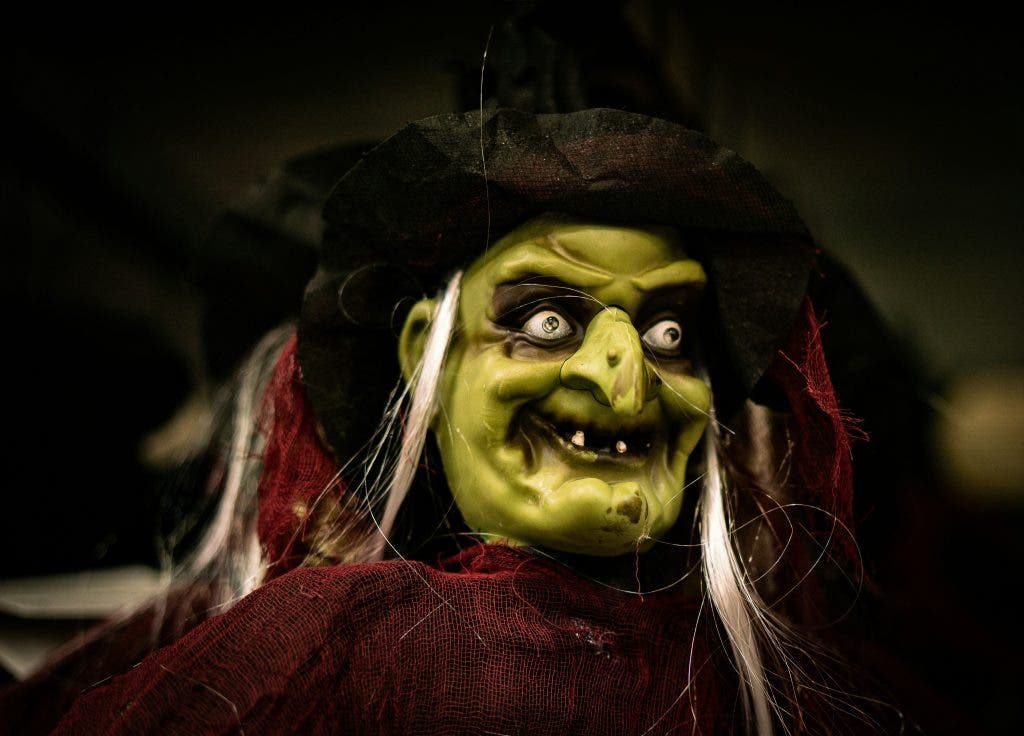
3. Green as a symbol of wealth and greed
Money is often represented in green, and in film, green can be associated with greed, ambition, and materialism. Although wealth in films is used as a goal post for characters to reach after — promising a better outcome, the excessive pursuit of wealth often leads characters down dark paths.
The infamous green light at the end of the Buchanans’ dock is the perfect representation of greed and material corruption in film. In The Great Gatsby — the permanently shining green light symbolizes Gatsby’s longing for Daisy and his desperation as he fails to reach the American dream.
4. Green as a sign of sickness and decay
In some cases, green is used to depict physical or emotional illness, often signaling poison, disease, or psychological distress. Filmmakers employ sickly green hues through lighting, color grading, or character design to evoke a sense of unease.
This is particularly common in horror and psychological dramas, where green can make an environment feel toxic, claustrophobic, or surreal.
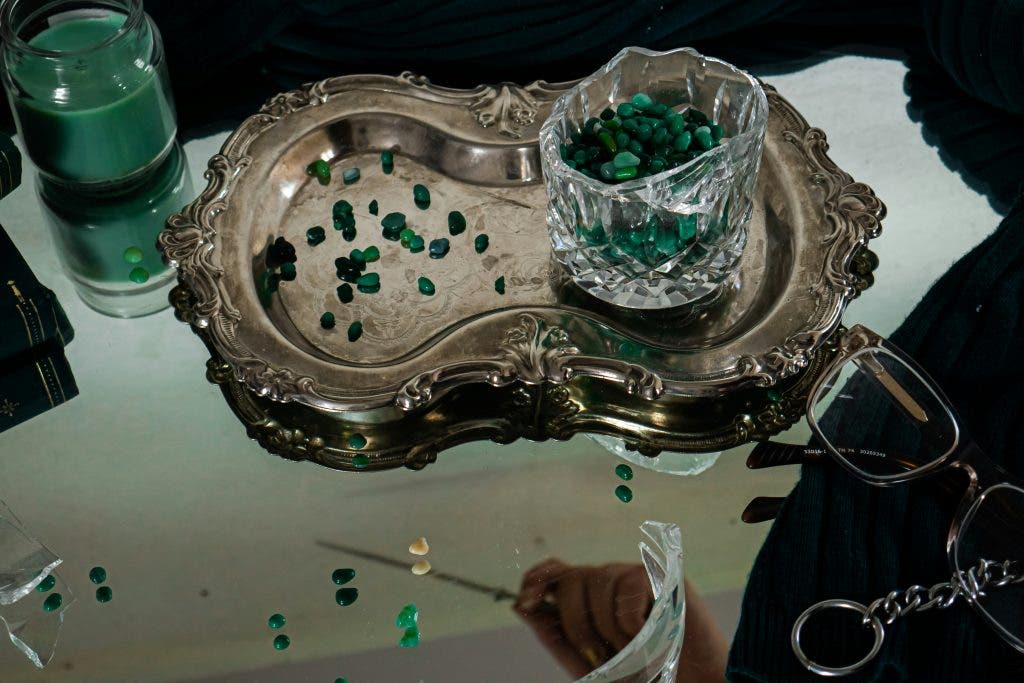
Controlling the narrative with green
1. Lighting and color grading
Have you ever noticed that in most sci-fi films, directors and cinematographers use green tints and lights to add more mystery to the atmosphere? Lighting and filters dictate the mood of the scene, and it largely affects how people interpret the situation that the characters are faced with.
Color symbolism in films doesn’t just apply to character design and props — but also in the most minute details in post-processing and lighting. Knowing what type of lighting and color grading to use in specific contexts can add extra depth to storytelling and keep moviegoers engaged!
2. Costume and set design
This is the more obvious choice for most directors. The clothes make the character, and green is typically used to accentuate certain personality traits. It sounds like a stretch, but sometimes clothes aren’t just used for the aesthetic — but also to foreshadow to the audience the personality of a character.
A character dressed in green can either symbolize nature and life like Poison Ivy or undying greed like Kang the Conqueror. The same can be said for how the set looks — adding green generally adds contrast to the environment, but it also builds the atmosphere of the location that your characters are in as well!
3. Symbolic props
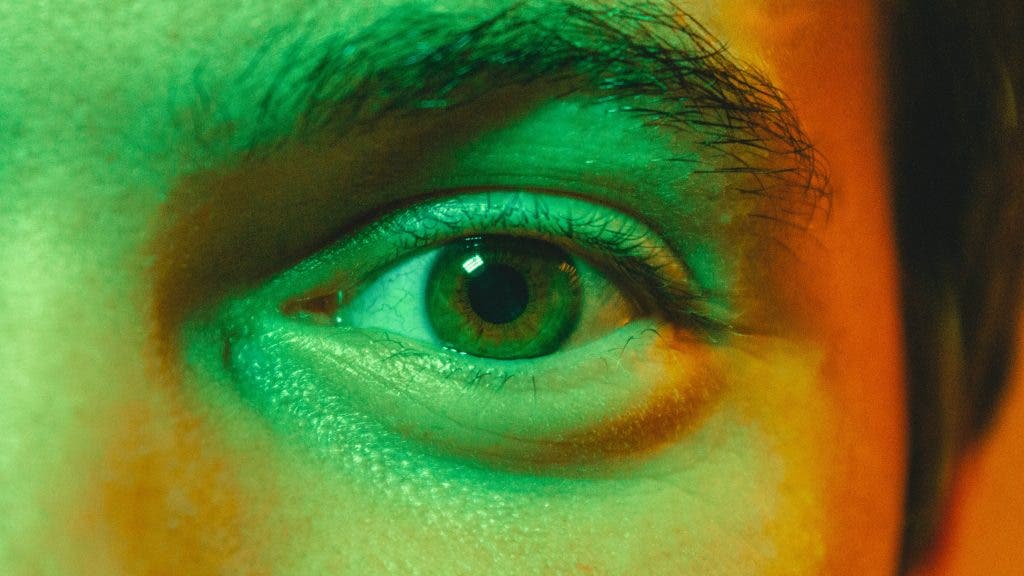
Directors love using props as a means of creating symbolic connections. Utilizing green symbolism in film adds more depth to the objects that characters use, and solidifies the narrative that a character represents!
Luke’s green lightsaber in the last installment of the original Star Wars trilogy is a prop that uses this storytelling component perfectly. The color green is important contextually because it represents hope and harmony, traits that the Jedi embody.
Additionally, it also represents his growth and evolution throughout the series’ events and continuations..
The power of green in cinema
Whether it represents greedy little leprechauns (we’re looking at you St. Patrick) or the eerie and supernatural — green is a color that gives more flexibility in the storytelling of many films. Color symbolism is a powerful tool for filmmakers to give more depth to a character and environment, and gives them the avenue to evoke more emotion and interest from the audience.
Now that you understand how color symbolism affects a movie’s storytelling and atmosphere — the next time you see a tinge of green, give it a little more thought. Its presence might be telling you more than you realize!
